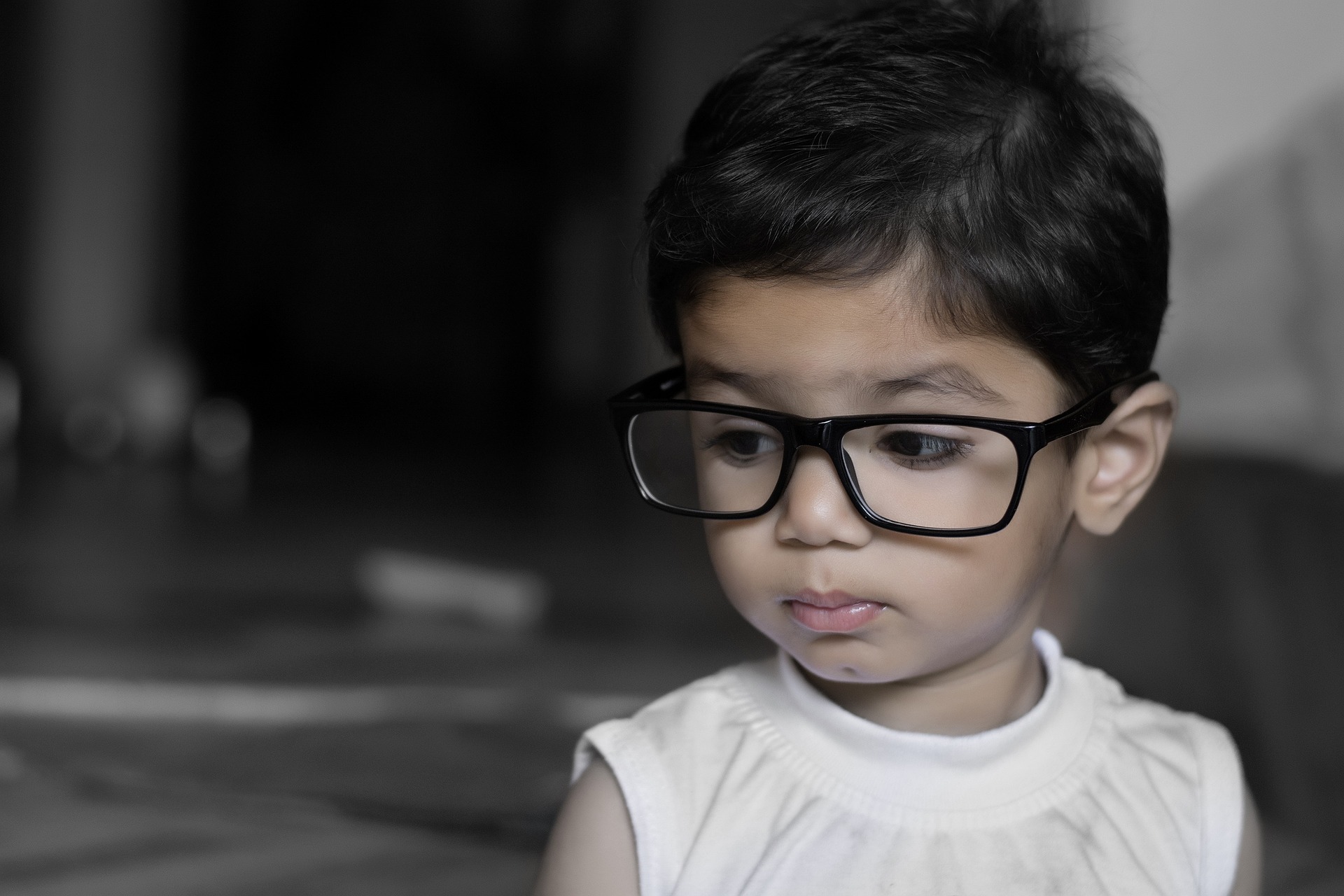Attachments
Note: Not all attachments are visible to the general public. Research URLs will go live after the embargo ends.

Journal/
conference: JAMA Ophthalmology
conference: JAMA Ophthalmology
Research:Paper
Organisation/s:
Emory University, USA
Funder:
This work was supported by
grant 17ZXHLSY00020 from the Tianjin Municipal
Science and Technology Commission and grant
YDYYRCXM-B2018-02LC from Tianjin Medical
University Eye Hospital High-Level Innovative
Talent Program for Distinguished Scholar (Dr Qian).



 International
International


